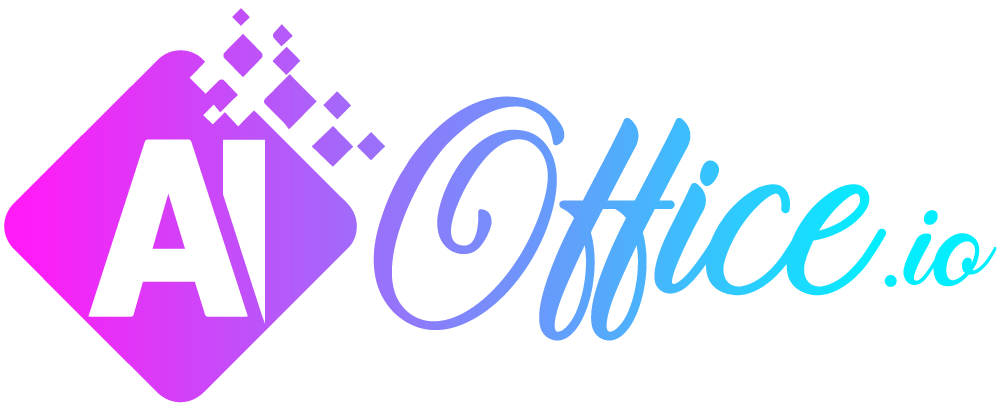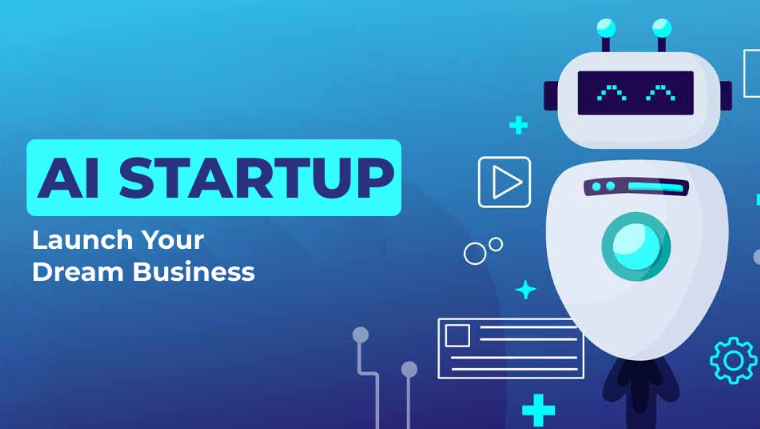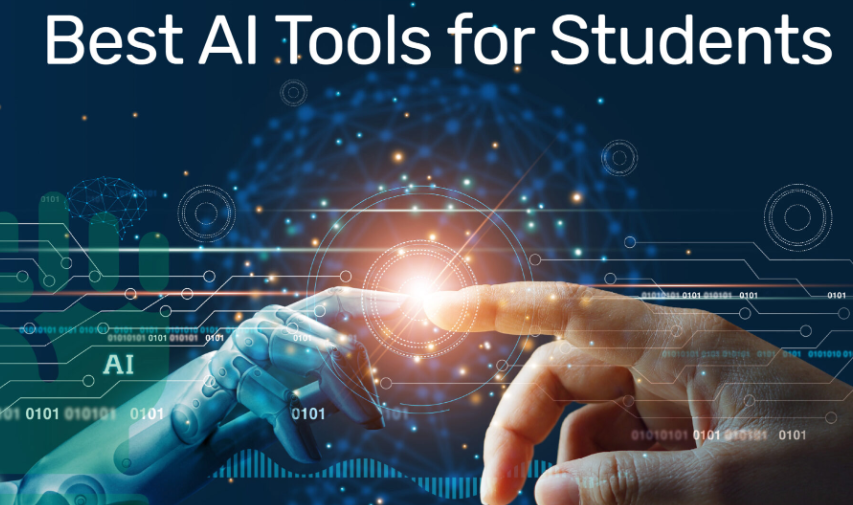Improve Keeper Standards Test Accuracy with Artificial Intelligence

Admin
AI Research Analyst | 22 April 2025Table of Content












First of all, let's discuss what a standard keeper test is. It helps various sectors to find out if the service quality of the product or system is working well or if they need to improve themselves at any point.
What is the Keeper AI Standards Test?
The Keeper AI Standards Test is one method to test whether AI systems are functioning as expected and justly. It assists organizations in ensuring their AI tools are:
- Providing accurate results
- Treating everyone equally
- Keeping private information safe
- Obeying rules and regulations
What Is AI in the Keeper Standard Test?
The Keeper Standard Test tests artificial intelligence systems by a thorough review method. It's intended to deeply test AI products previous to their release and make sure that they comply with high-quality standards in different facets. The test looks at how well the AI meets its goals and whether it processes information fairly and ethically.
Instead of focusing on a single axis, this testing model studies various aspects of an AI system. It tests performance and accuracy but also explores more subtle areas such as fairness in decision-making, security flaws, privacy safeguards, and commitment to established moral principles. The goal is to make sure that an AI system has been properly tested before it's used in real situations.
Consider it a quality control gate used to filter out strong, reliable AI from systems that might have taken certain critical factors for granted. The Keeper Standard Test aims to promote AI development that is both technically correct and dependable.
Common Challenges We Face in the Keeper Standards Test
One major challenge in it is model drift. A phenomenon where AI model performance degrades over time because the data it encounters is changed from the data it was originally created. It happens due to the following factors like market trends, user interface and many other external factors.
For example, if you train your data model to generate designs following the fashion trends of the 1990s, it would be completely confused by today’s styles. To overcome this issue, just
- Monitor how well their AI is doing on a daily basis
- Compare current data with the data used for training
- Set up automatic warnings when performance drops
- Keep the AI updated with the latest information
Without these procedures, even the most superior AI system will eventually lose its precision & reliability.
Future Trends In Keeper Standard Testing
Testing is getting much easier with the use of AI. These AIs create their own test cases so humans don't need to write on them. These tools figure out which test is most important to figure out first and also they detect errors faster. It means it's really easy to test different software and systems.
What Makes Them Best?
The thing that makes them the best is how quickly they fix themselves. When you make a change to your website, old tests often break. But then AI adjusts the tests accordingly.
Testing Spreads to New Markets
Keeper Standards Testing is not only for tech firms anymore. All sorts of other industries utilize these types of tests:
- Hospitals apply them to make sure patient information remains secure
- Banks test to keep out the fraudsters
- Factories check the quality of what they produce
- Insurance firms check for proper claims processing
- Defense teams assess weaknesses in their security systems.
Even human resources departments are applying testing frameworks to test employee knowledge and skills. It allows businesses to make sure their employees have the necessary skills for certain positions.
Testing In Remote work
In today's times, remote work is prevalent, which is why testing plays a very important role here. If a company needs to hire someone remotely, they conduct tests. These tests ensure who is genuinely interested in the position and who are taking the test without cheating.
Focus on Fairness and Ethics
Nowadays, everything has become quite complicated. Testing is not just for ensuring that any system or service is working correctly; it is also to verify whether everything is functioning fairly or not. For example, if certain groups of people are working on the same project, the AI system can detect if one group is being treated better than another.
It now tests whether systems comply with privacy regulations and protect information. Firms should show clearly how their artificial intelligence makes judgments, particularly when judgments impact individuals' lives.
Why This Matters
These testing changes are necessary for all companies that use technology. The standards are rising, and customers expect increased quality and fairness. By recognizing these trends, companies can improve their preparation and develop systems that people will trust.
As AI becomes more common, effective testing is important to make sure these systems are beneficial and not harmful. The future of Keeper Standards Testing isn't only to discover bugs—it's to make sure that technology really works for all.
Case Studies and Industry Applications: Real-World Examples of AI-Driven Keeper Standards Testing
Healthcare
Doctors and hospitals are using AI to help diagnose illnesses. Before using these AI tools with real patients, they need to make sure the tools are accurate.
Real impact: Hospitals using Keeper testing usually saw fewer mistakes in diagnosis and patients feel more comfortable knowing the AI systems have been properly tested.
Banking and Finance
Banks use AI to spot fraud and decide who gets loans. These systems mustn't discriminate against certain groups of people.
When banks test their AI with Keeper standards, they can prove their systems are fair and follow banking rules. It helps to reduce unfair lending practices.
Factory Quality Control
Factories use AI to check if products are made correctly before shipping them out.
Key benefit: These AI systems can work 24 hours a day, checking products more often than human inspectors. Companies save money and customers get better products with fewer defects.
Self-Driving Cars
Companies making self-driving cars need to be sure their AI can handle unusual road situations.
The Keeper test puts these driving systems through tough challenges, like bad weather or unexpected obstacles, to make sure they can handle real-world driving safely.
Computer Security
AI helps protect companies from hackers & cyberattacks. Security teams use Keeper testing to make sure their AI defense systems can stand up to new types of attacks.
Benefits of Keeper AI Testing
-
Better Results
AI systems that pass Keeper testing make fewer mistakes and work more consistently. This means better outcomes for everyone.
-
Building Trust
When companies can show their AI has been properly tested, people feel more comfortable using AI-powered services. It's especially important in sensitive areas like healthcare and banking.
-
Saving Time and Money
Finding problems early through testing means companies don't waste resources on AI systems that don't work well. Testing might take time upfront, but it saves headaches later.
-
Staying Up-to-Date
AI systems can change over time as they learn from new information. Keeper testing isn't just a one-time check—it helps monitor AI systems to make sure they keep working properly.
Frequently Asked Questions
What is the function of ethical compliance in enhancing test accuracy?
Ethical compliance makes AI systems transparent, accountable, and consistent with societal values, contributing to their credibility and accuracy.
How is security and privacy incorporated into the Keeper Standards Test?
The test incorporates strict tests for weaknesses and privacy threats, guaranteeing AI solutions keep user information secure and resist cyberattacks, which leads to more precise and authentic assessments.
Is the Keeper Standards Test flexible enough for different industries or purposes?
Yes, the test is flexible and can be specific to certain industries, like health, finance, or self-driving cars, by creating applicable scenarios and metrics.
In what ways does real-time monitoring enhance the precision of Keeper Standards Tests?
Real-time monitoring facilitates the identification of performance shifts or arising biases in real-time, allowing for a timely recalibration of AI models and sustaining peak precision in the long term.
What is the procedure for deploying the Keeper Standards Test with AI enhancement?
It includes setting goals, establishing test labs, performing initial and stress tests, performance measurement, and iteratively optimizing the AI system based on test feedback.


